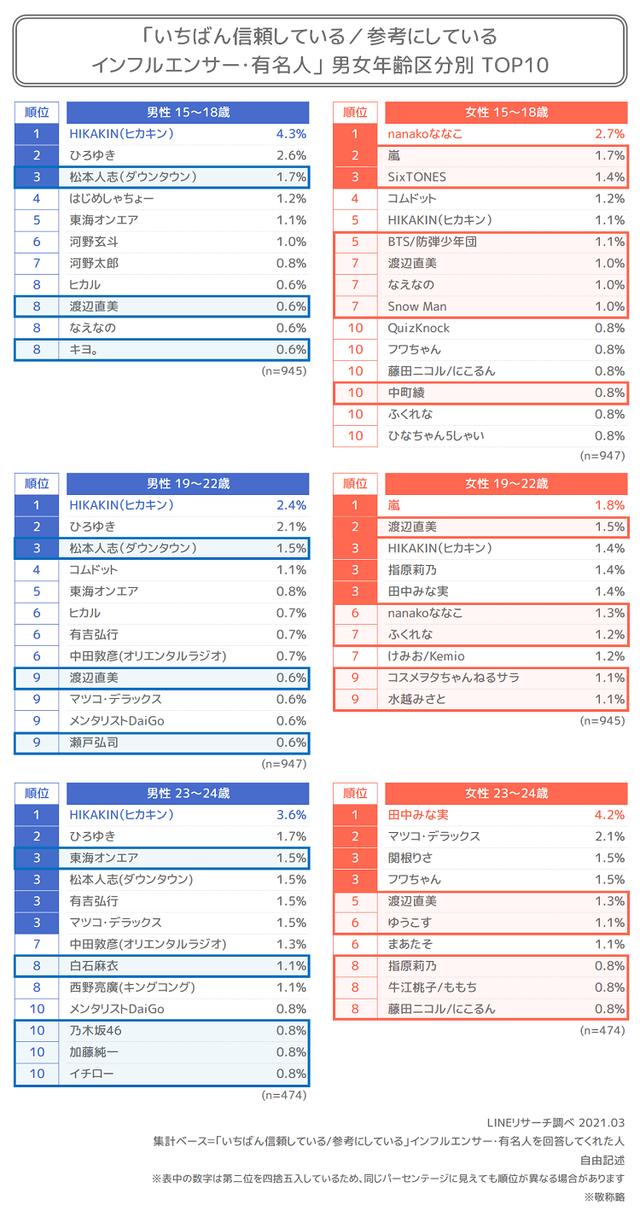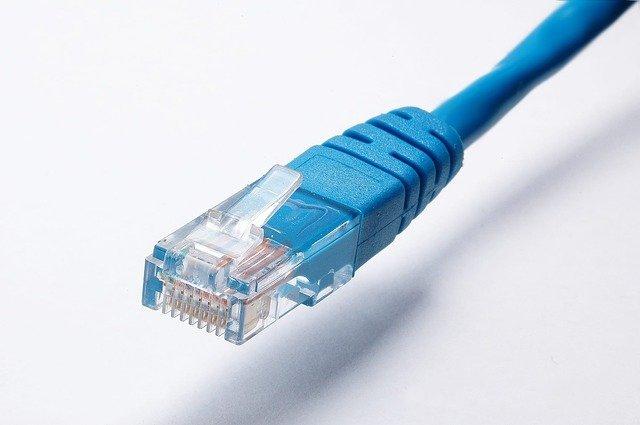What you need to know about high power PoE "802.3bt": New standard with increased power supply (1/3 page)
`` IEEE 802.bt'' approved in September 2018
Power over Ethernet (PoE) is a network feature defined by the IEEE 802.3af and IEEE 802.3at standards. PoE allows Ethernet cables to simultaneously power and data network equipment over existing data connections.
Furthermore, on September 27, 2018, the IEEE 802.3bt (hereinafter, 802.3bt) standard was approved by the IEEE-SA Standardization Committee, and the power that can be transmitted via the Ethernet link has increased significantly. This article explains why this standard is important and what it can bring.
Why are you still using wired connections when wireless network architectures are readily available? While wireless connectivity is certainly convenient, there are millions of miles of existing wired CAT5e cables in buildings and homes.
Wired connections are still popular because they are more difficult to hack and intercept than wireless (most corporate networks such as universities are wired), and even long cables are fairly inexpensive.

However, if the building is made of brick, stone or metal, it is often "lucky" to get a good wireless signal (indoors with the advent of 5G [5G]. The reach will be improved, but full deployment will not be possible for the time being). If you want to access the Ethernet cable signal, you need to disconnect the cable. In addition, wireless can easily be interfered with by other signals or radio waves, but wired cables are often shielded and "plug and play" possible, resulting in quality of service (QoS). Improve.

The 802.3bt system architecture uses a powered device (PSE), a power controller that powers the powered device (PD) over an Ethernet cable.
802.3bt has the following description.
"The PD is part of a device that obtains or requests power by joining the PD detection algorithm. The device that can be a PD may have the ability to obtain power from an alternative power source. PDs that require power from (PI) may also obtain power from an alternative power source at the same time. "
Standard PDs, such as IP phones, wireless access points, and surveillance cameras, receive power from Ethernet cables. A power interface (PI) is a mechanical and electrical interface between a PSE or PD and a transmission medium. It is defined in section 1.4.324 of "Current Definition of PD PI" in 802.3bt.
Previous PoE standards used only 4 of the 8 copper wires in an Ethernet cable to supply DC current, but the IEEE Working Group uses all 8 copper wires in 802.3bt. I chose that. Amendment 2 of 802.3bt-2018 states:
"This amendment adds a power supply that uses all four pairs in the structured wiring facility, which allows more power to be supplied to the end equipment. Also, this amendment allows the end equipment to supply more power. Add a mechanism to reduce standby power consumption and better manage available power budgets. "
The IEEE standardization committee had the goal of "increasing the amount of power supplied from the power supply side device (PSE) to the power receiving side device (PD)". These nominal power levels delivered to the PD are up to 71.3W (powered by 90W from the PSE), while at the same time significantly reducing the standby power required for the standby PD.
New features and PD topology of IEEE 802.bt 1 | 2 | 3 Go to next page